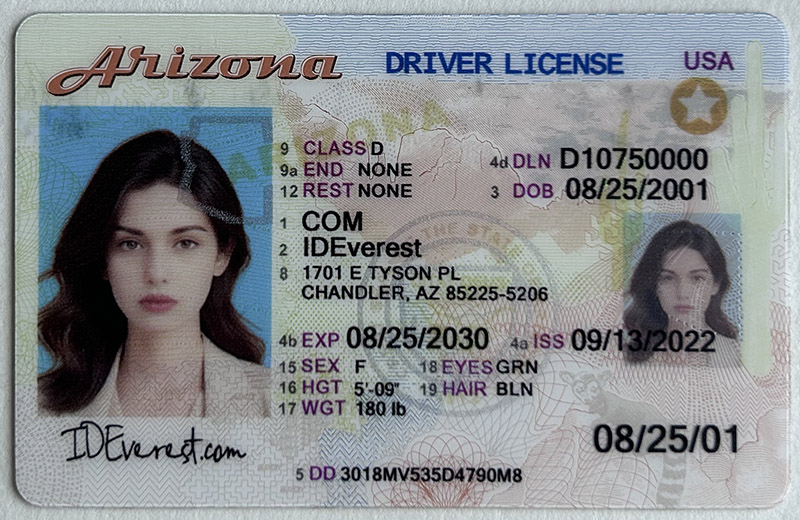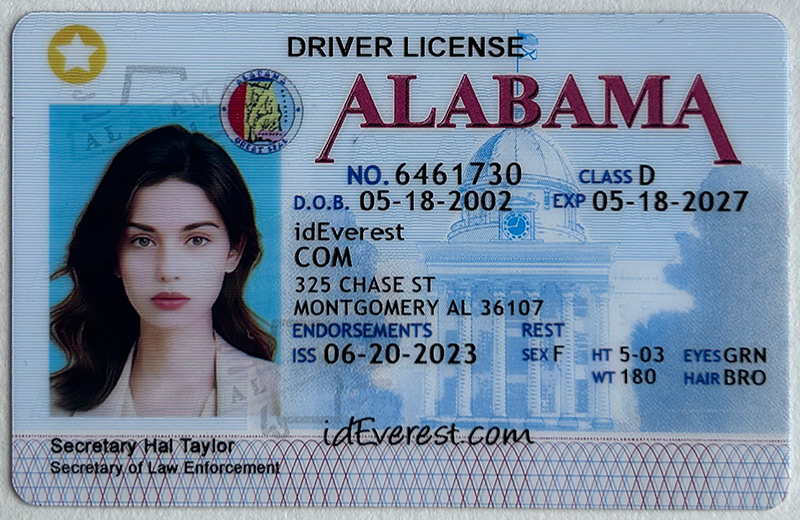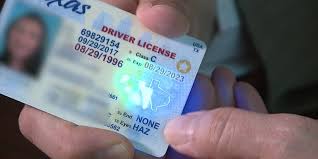do you need a special license to drive a bus
Have you ever wondered what it takes to get behind the wheel of a bus? Whether it's driving a school bus full of children, a public transit bus in a bustling city, or a tour bus loaded with excited travelers, the responsibility is immense. Driving a bus is not just about handling a large vehicle; it's about ensuring the safety and comfort of dozens of passengers. But does this job require a special license?
The short answer is yes. To drive a bus, you generally need a Commercial Driver’s License (CDL). The type of CDL required can vary depending on the specific bus you're aiming to drive, but in most cases, a standard driver's license simply won't suffice.
The Basics of a Commercial Driver’s License (CDL)
A Commercial Driver’s License is a specialized license that allows the holder to operate vehicles used for commercial purposes. This includes buses, trucks, and other large vehicles. The CDL is essential because driving a bus requires skills beyond those needed for a regular car. Buses are larger, heavier, and require more advanced handling techniques. Moreover, the safety of passengers, adherence to schedules, and navigation through varying traffic conditions all depend on the driver’s competence.
Types of CDLs for Bus Drivers
CDLs come in different classes, and the class you need depends on the vehicle's weight, type, and passenger capacity. For bus driving, the most common classes are:
Class B CDL: This is the most common license for bus drivers. It allows you to operate a single vehicle with a gross vehicle weight rating (GVWR) of 26,001 pounds or more, or a vehicle that can tow another vehicle not exceeding 10,000 pounds. This class typically covers school buses, city buses, and smaller tour buses.
Class C CDL: If you're driving a bus designed to carry 16 or more passengers (including the driver) but doesn’t meet the weight criteria for a Class B, you'll need a Class C CDL. This is also necessary for vehicles carrying hazardous materials, although that’s less common in bus driving.
In addition to these classes, drivers may need to obtain certain endorsements to operate specific types of buses or carry particular loads. For instance, a "P" endorsement is required to carry passengers, and a "S" endorsement is necessary for driving a school bus.
The Journey to Becoming a Licensed Bus Driver
The path to obtaining a CDL and becoming a bus driver is more involved than getting a regular driver’s license. Here’s an overview of the steps typically involved:
Eligibility Requirements: To apply for a CDL, you usually need to be at least 18 years old (21 for interstate travel), hold a valid driver’s license, and have a clean driving record.
CDL Training: Although not always mandatory, enrolling in a CDL training program is highly recommended. These programs are offered by specialized driving schools and often include both classroom instruction and behind-the-wheel training. The curriculum covers essential topics like vehicle inspection, safe driving practices, handling emergencies, and understanding traffic laws.
CDL Permit: Before obtaining a full CDL, you must first get a Commercial Learner’s Permit (CLP). This involves passing a knowledge test that covers general commercial driving rules, as well as specific knowledge tests for the class and endorsements you’re seeking. The CLP allows you to practice driving a bus under the supervision of a licensed CDL holder.
Skills Test: After holding your CLP for a required period (usually 14 days), you can schedule a skills test. This test includes a pre-trip vehicle inspection, basic control skills, and an on-road driving test. Passing this test is crucial to proving that you can safely operate a bus.
Endorsement Exams: If your bus driving job requires special endorsements, additional tests are necessary. For example, the “P” endorsement requires a separate skills test focused on passenger safety, while the “S” endorsement involves additional knowledge and skills tests specific to school buses.
Obtaining a CDL is a significant achievement that opens doors to a stable and rewarding career. However, the process doesn’t end with passing your tests. Keeping your CDL requires maintaining a good driving record, renewing your license as required, and, in some cases, continuing education or periodic retesting.
The Unique Responsibilities of a Bus Driver
Driving a bus is more than just maneuvering a large vehicle through traffic. It’s a role that demands patience, quick decision-making, and a strong commitment to safety. Every day, bus drivers are responsible for the lives of many people, making this a job with a high level of responsibility.
Passenger Safety and Comfort
One of the primary duties of a bus driver is ensuring the safety of passengers. This involves not only careful driving but also making sure that passengers are seated properly, that the bus is secure, and that all safety protocols are followed. For school bus drivers, this responsibility extends to ensuring that children safely board and exit the bus, and that they follow rules during the ride.
Comfort is another key aspect. Bus drivers need to be aware of their passengers’ needs, whether that’s adjusting the temperature, assisting those with disabilities, or simply providing a smooth ride. A good driver knows how to handle the vehicle in a way that minimizes discomfort, even in less-than-ideal driving conditions.
Adherence to Schedules
In many bus driving jobs, sticking to a schedule is crucial. Whether it’s a city bus route with multiple stops or a long-distance coach service, passengers rely on buses to be on time. This means that bus drivers must be adept at managing their time, navigating traffic efficiently, and adjusting to unexpected delays, all while maintaining safety.
Navigating Different Routes
Bus drivers often drive on a variety of routes, each with its own challenges. Urban routes may involve dense traffic, frequent stops, and complicated road layouts. Rural or long-distance routes might have fewer stops but require long hours of driving, often through less familiar territory. In both cases, a thorough understanding of the route, strong navigation skills, and the ability to make quick decisions are essential.
Dealing with Emergencies
Handling emergencies is another critical part of a bus driver’s role. Whether it’s a mechanical breakdown, a medical emergency, or a road accident, the driver must remain calm and take appropriate action. This could involve administering first aid, contacting emergency services, or safely evacuating passengers. Drivers are trained to handle such situations, but their ability to keep a cool head can make all the difference.
Continuous Learning and Adaptation
Even after obtaining a CDL and becoming a licensed bus driver, the learning doesn’t stop. Drivers must stay updated on changes in traffic laws, new safety regulations, and advances in vehicle technology. Many employers require periodic training sessions or refresher courses to ensure that their drivers are always at the top of their game.
Moreover, as buses themselves evolve with new technology, such as advanced safety systems and eco-friendly engines, drivers must adapt to these changes. This continuous learning process ensures that they remain competent and confident in their ability to handle their responsibilities.
The Rewards of Being a Bus Driver
While the role of a bus driver comes with many responsibilities, it also offers significant rewards. There’s the satisfaction of knowing you’re providing an essential service, helping people get to where they need to be. For many, the job also offers a sense of independence and the opportunity to work outside of a traditional office environment. Additionally, with the growing demand for public transportation, bus driving can be a stable and secure career choice.
In conclusion, driving a bus is not just a job—it’s a profession that requires a special license, rigorous training, and a dedication to safety and service. Whether you're considering this path or simply curious about what it takes, understanding the responsibilities and requirements is the first step toward appreciating the vital role that bus drivers play in our communities.
 Arizona Fake ID Cards
Arizona Fake ID Cards
 ideverest scans Alabama fake I
ideverest scans Alabama fake I
 Fake Florida DL
Fake Florida DL
 scannable Fake US-Green Card
scannable Fake US-Green Card